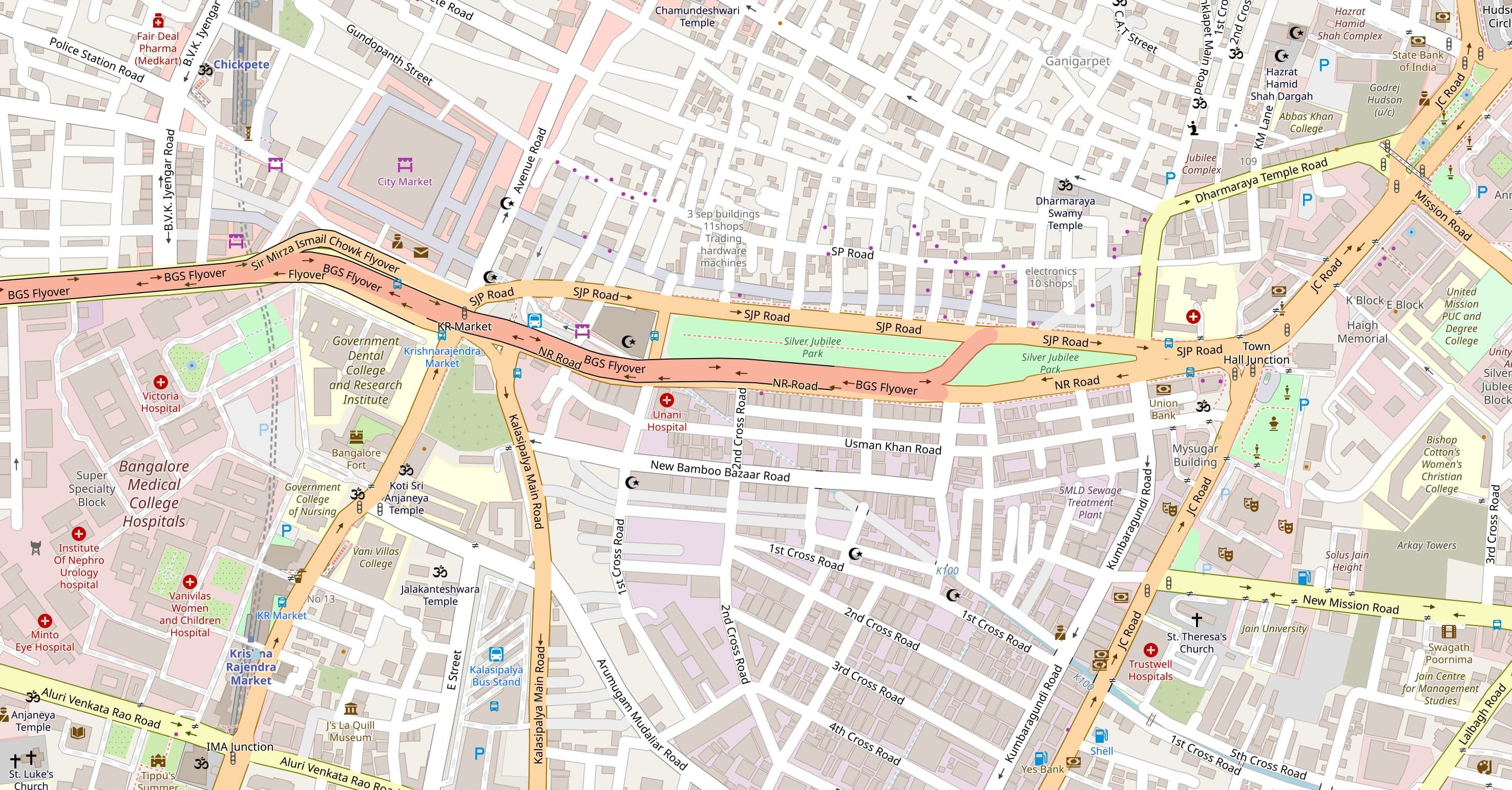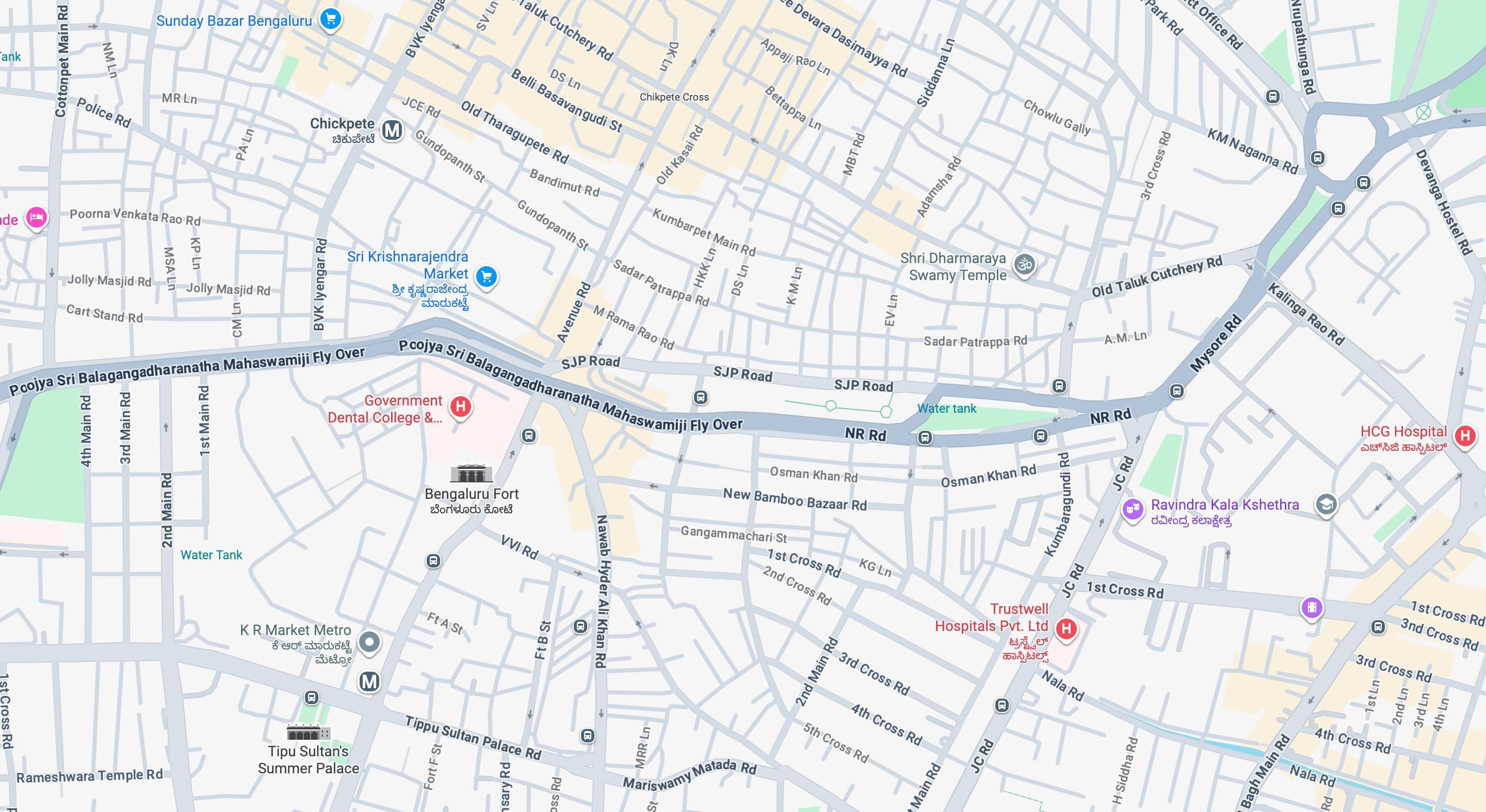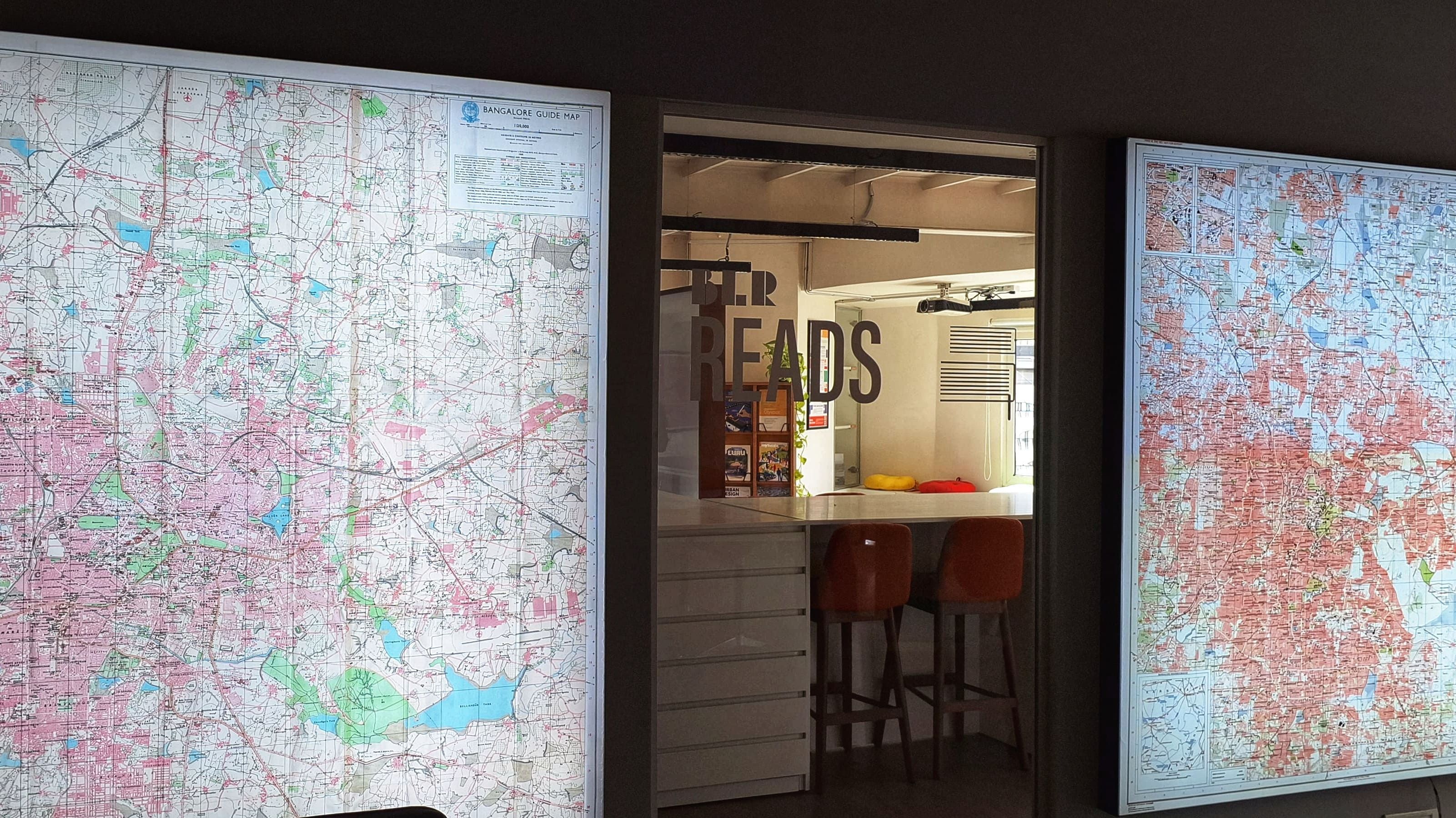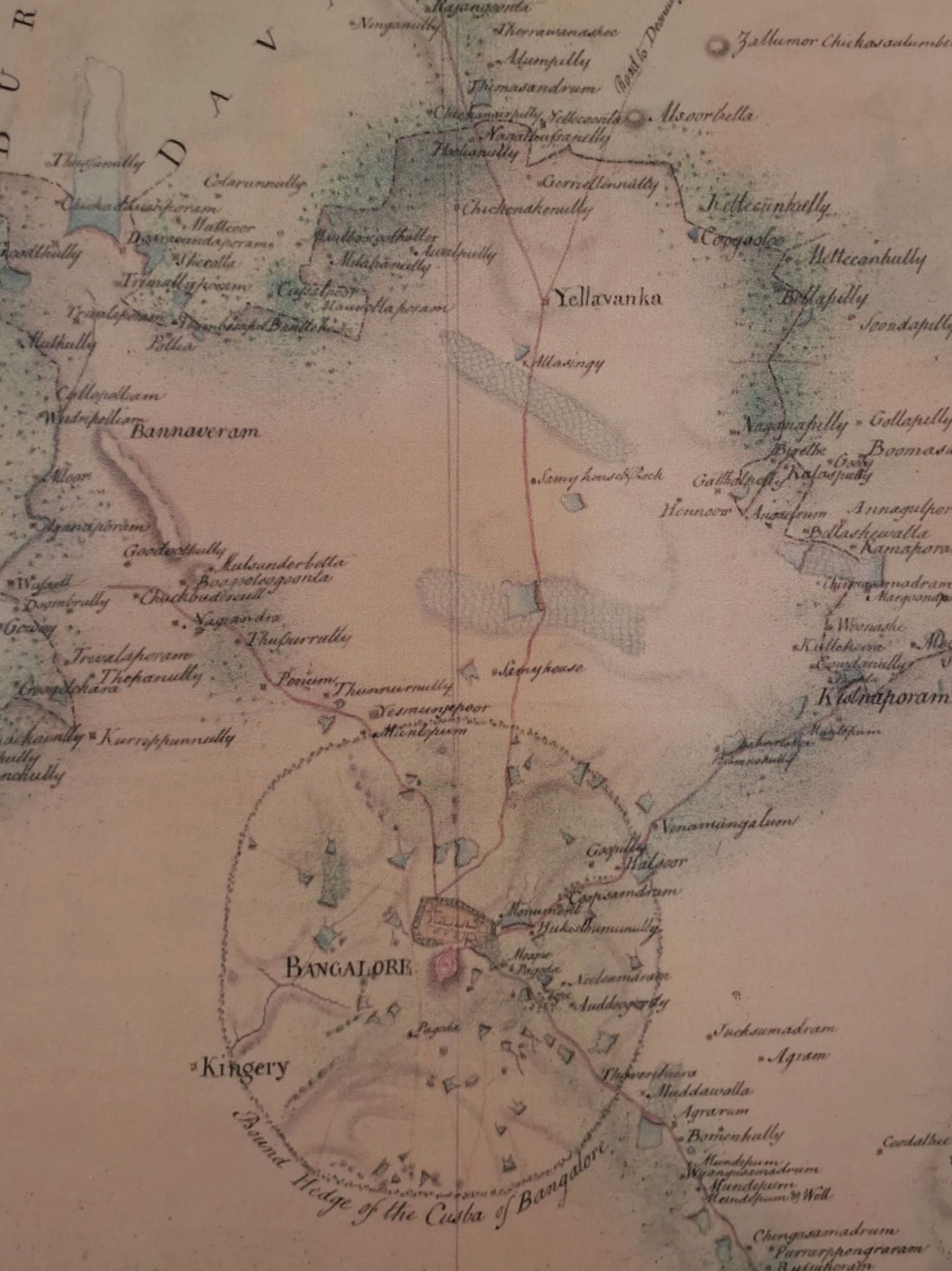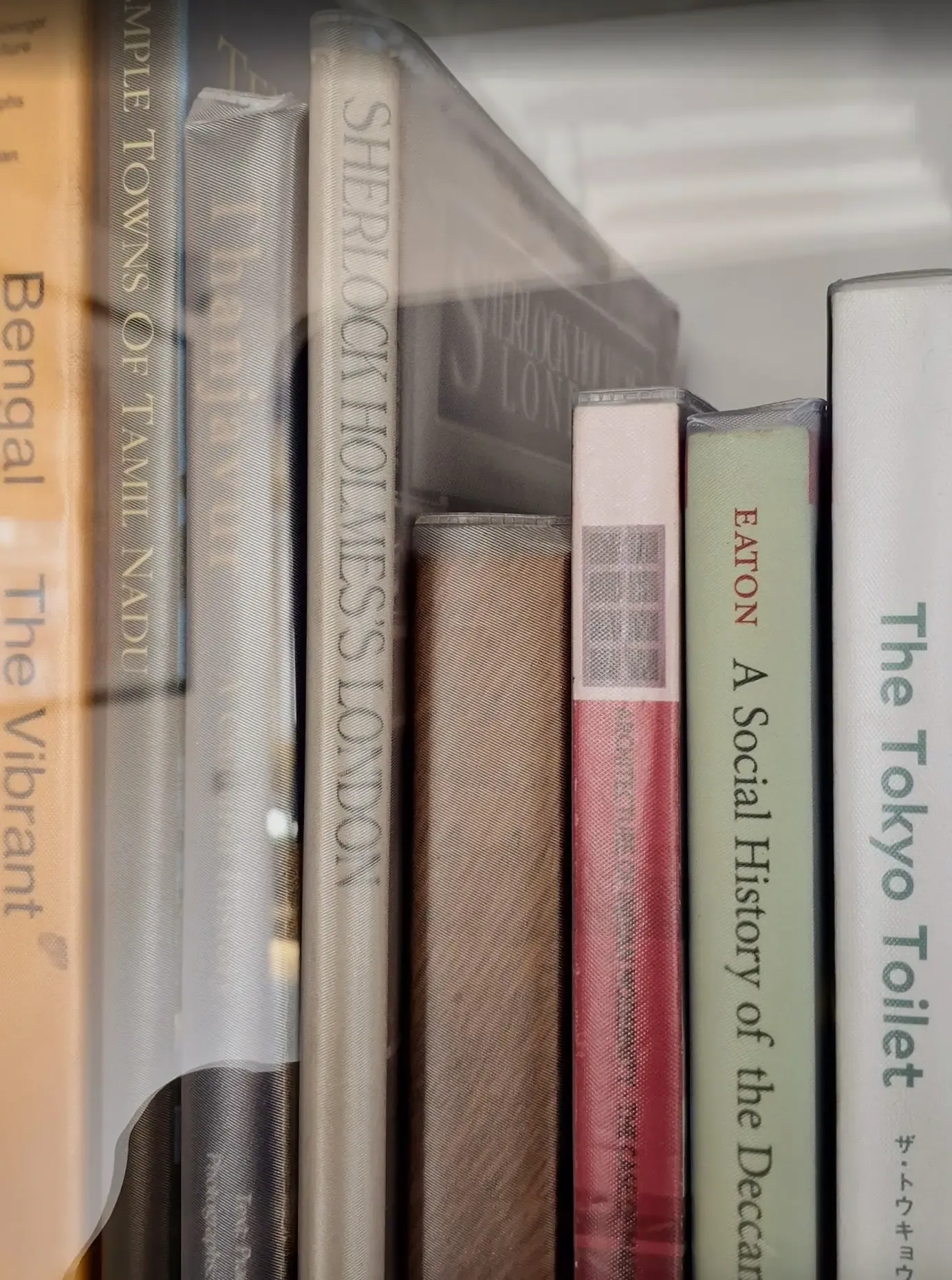THE DEFINITE, ILLUSTRATED & ANNOTATED ANTHOLOGY OF MY VARIED PASTIMES

#maps Tagged Posts
Based on an analysis of the history and current state of migration flow mapping, drawn from very diverse sources – scientific, artistic, activist – and from different geographical contexts at various scales, we propose to analyze some of the main technical, ethical, institutional and political challenges of the cartographic representation of international migrations.
From a critical perspective, we will analyze both the role of mapping in the production of knowledge and understanding in the field of migration, and its potential for social and political transformation.
One of our regular clients at Revisual Labs has been the UN International Organization for Migration (UN IOM). My very first project at RVL was an IOM project and one of my favorite work projects last year was Journeys of Resilience, a story that traced the movements of Ukrainian refugees as a result of the war. Mapping migration is a consistent theme and this article, originally in French, made me think about some of the choices I’ve been making as well as the standard representations of such a fundamentally human and qualitative subject. Sometimes in dataviz, you kind of go by the “industry defaults” for certain topics. Nearly every story in NYT or Reuters and in other outlets has the same kind of map for migrations, one of which might have big arrows showing the direction of movement from one place to other and while you’re making your own map, you go with these defaults in mind. Those defaults may not be bad, but it is worth thinking reflecting on some of those decisions in a larger context, which is what this article offers. Your browser should be able to translate the original text for you.
Update: There is an English translation of this article here.
Mapping migratory movements necessarily involves " freezing " a system that is embedded in space and time, within a complex social and political context. This is a real challenge because not only do people migrating and/or on the path to exile cross paths, but they also take " breaks ," of varying lengths, settling temporarily in a country or place, staying for a few days, a few weeks, or a few years, and sometimes leaving again.
The complexity of these dynamic routes, which defy geography and migration mapping, must then adapt to often very rapid political and temporal changes. This is why mapping always risks being anachronistic even before the map is finished.
Short day out with Aditya. We visited the BLR Reads exhibition at the MOD Design Foundation office in Church Street, mostly with the intention of introducing him to this new space. To quote him looking out the 6th floor window onto the street corner, a view of this street that we rarely see, he said, “Man, this feels like a city.”
The space is interesting, they have a lot of old maps of the city which are worth seeing physically (there is, of course, https://blryesterday.com by my friend Vonter). The library is nice, it had books beyond those about Bangalore. I was pleasantly surprised to find ‘Sherlock Holmes’ London’ on one of the shelves. The membership is relatively inexpensive and I might consider it for a few months.
Capped the day with some Slay Coffee which reminds me of Yelli.
